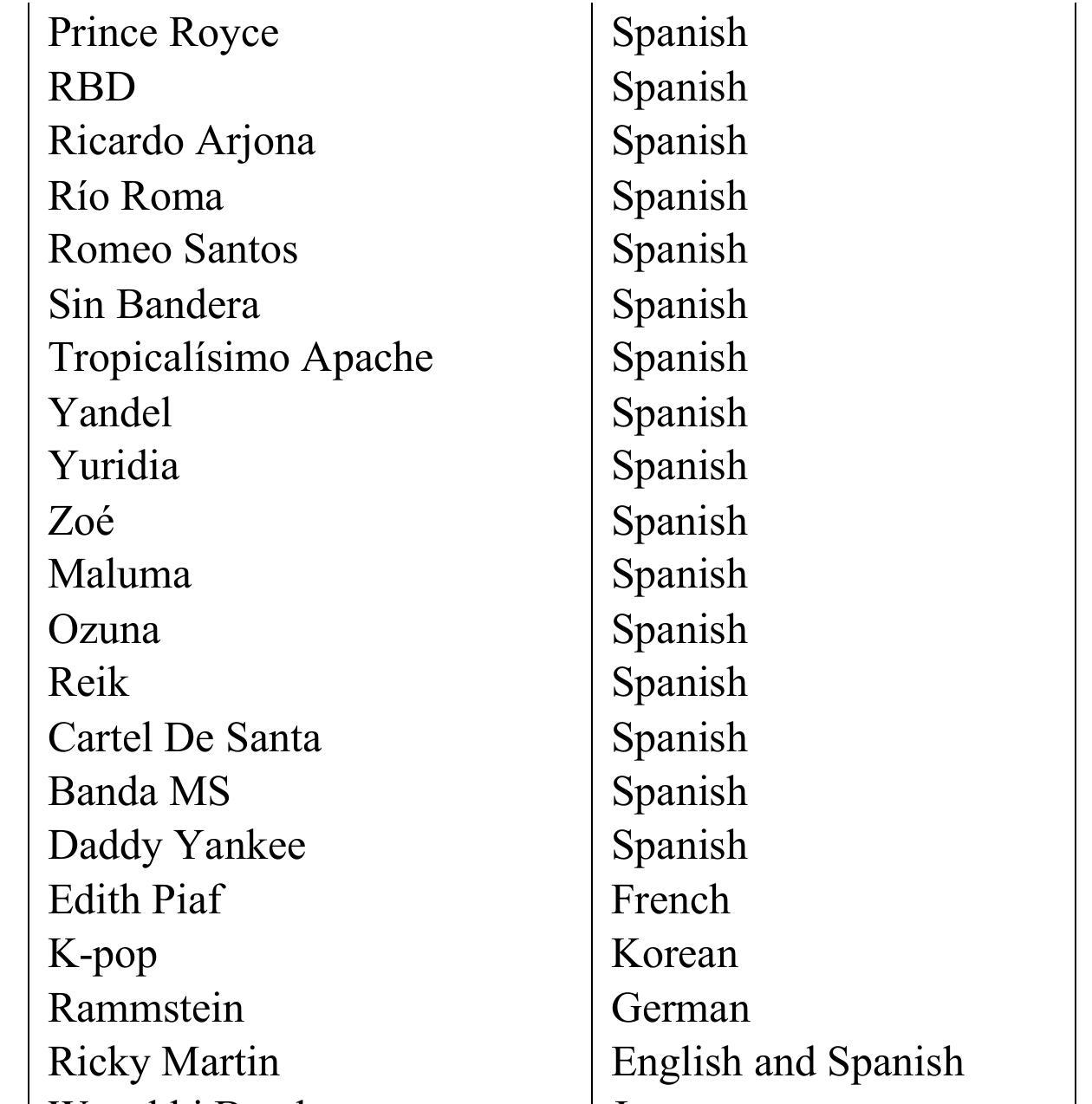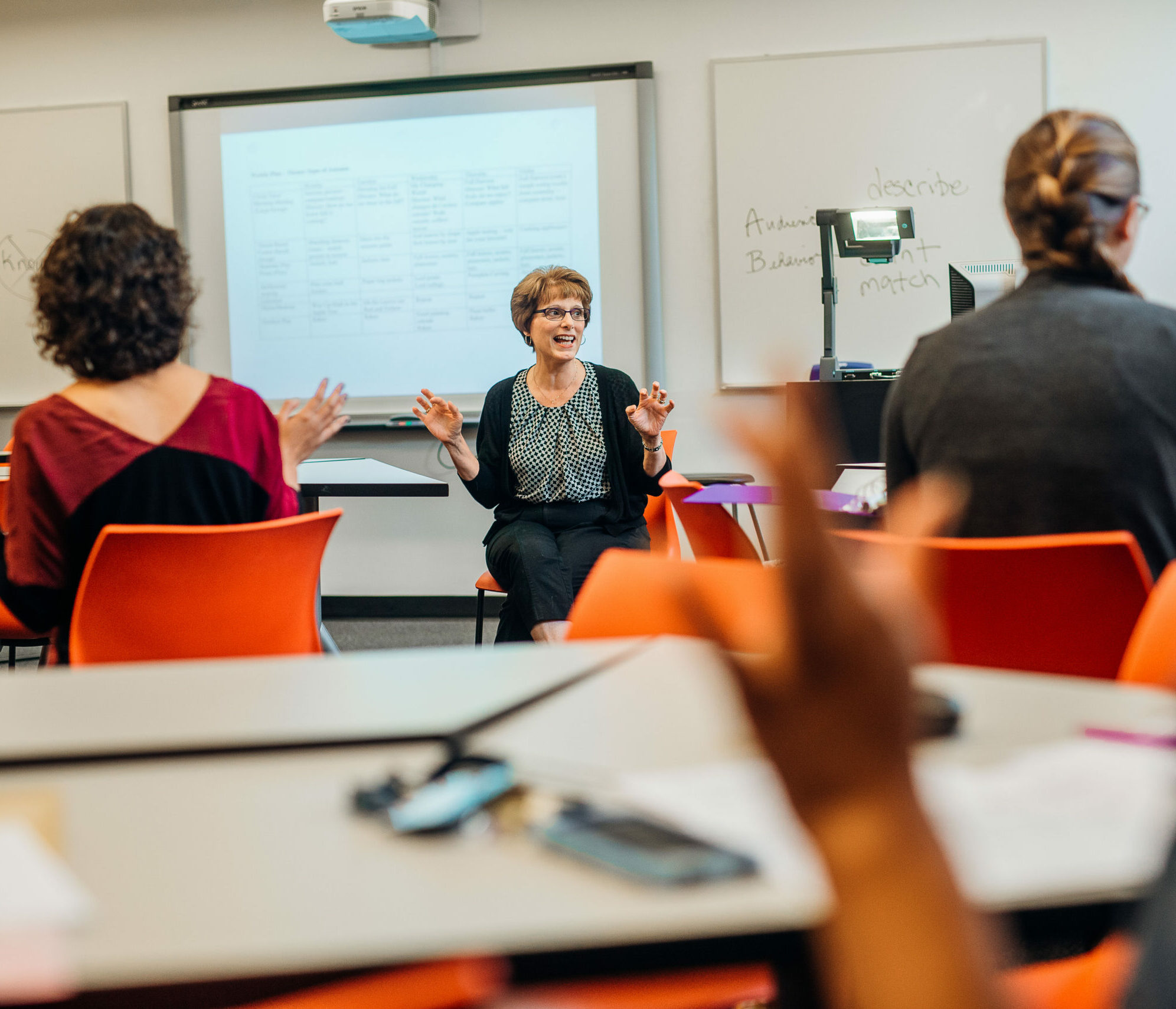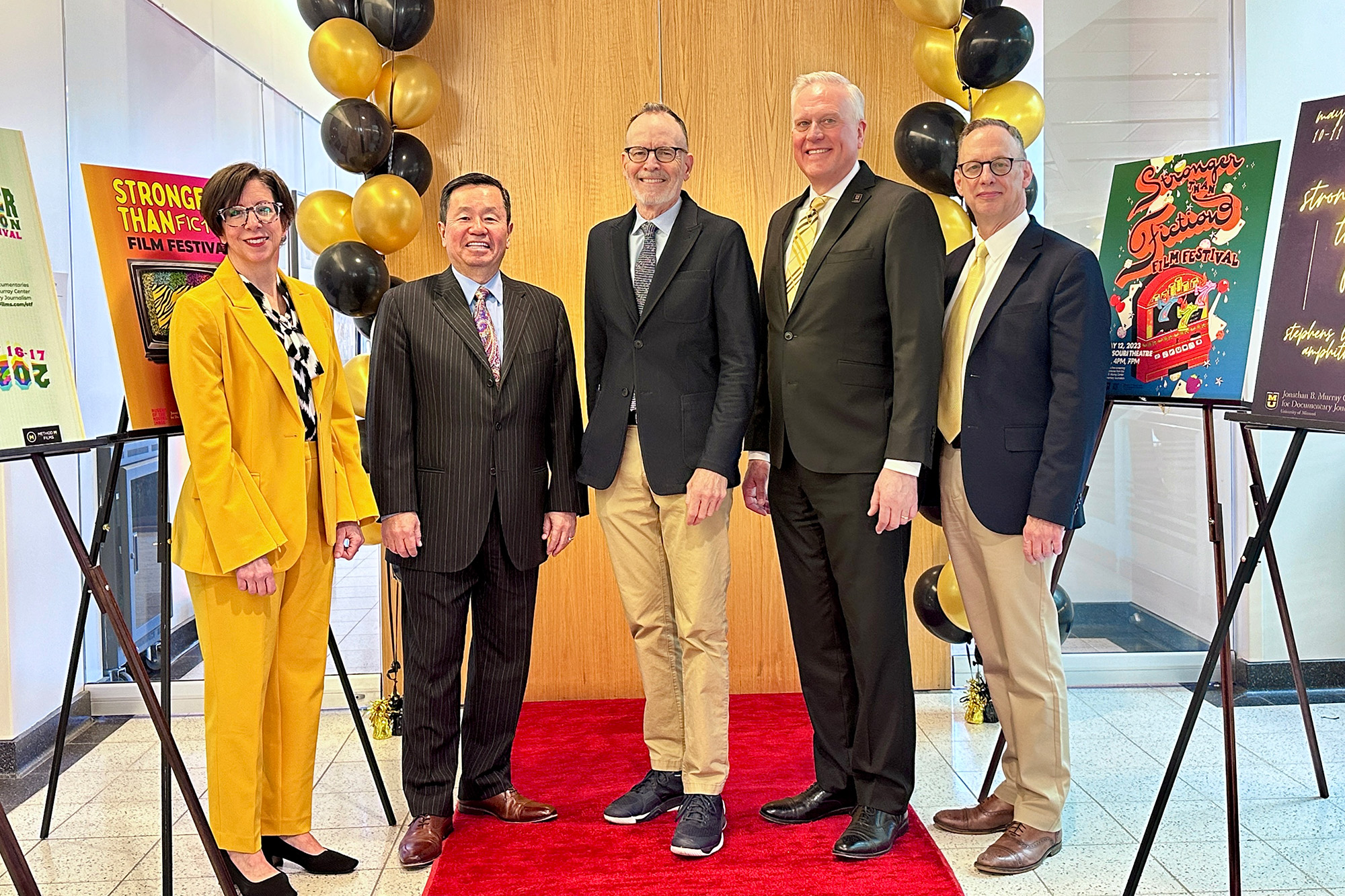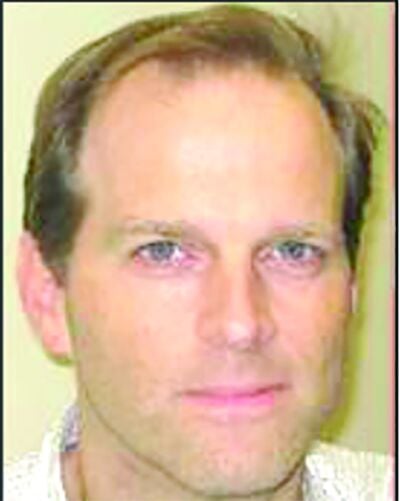Quantitative results
Sample characteristics of medical students
Ninety-one students participated in the program. Eleven (12.10%) pre-clinical students participated in the home visitation program, completing over 840 home visits in 7 Arab villages and towns and distributing over 6,000 community kits. Eighty (87.90%) students in their clinical years were placed in 40 clinics across the region, contributing over 10,600 h. Of these 80 students, 73 matched pairs of surveys were identified, yielding a response rate of 91.25%. The mean age was 29 years, 52% were females, 35% studied in the Faculty’s 3-years study program which that enables students who completed their pre-clinical training abroad to complete their clinical training in Israel, and 52% were students studying in the 4-year study program which accepts students who had completed a first degree. About 64% of those students were in their first clinical year (n=47), while 36% were in their second clinical year (n=26). Table 1 shows the ethnic and religious affiliation of participating students.
- Sample characteristics of medical students from the clinical years at the northern periphery of Israel (N=73)
Program contribution to the medical students
The Wilcoxon Signed Rank tests (Table 2) revealed significant differences (P<0.05) regarding knowledge and awareness of working in the community for students post program. For example, students’ knowledge regarding “non-financial barriers to health care” significantly increased from 2.63 to 3.06. Students’ knowledge about “Basic self-care practices as a part of health lifestyles” increased from 2.56 to 2.93 significantly. Post-assessment of students’ knowledge about common chronic disease were also found to be statistically different (P<0.05). For instance, knowledge about diabetes, hyperlipidemia, and hypertension significantly improved from 4.01 to 4.36; 3.80 to 4.15 and 3.96 to 4.23, respectively. In addition, there were significant differences in all knowledge levels (total scale) regarding the cultural beliefs of the Galilee communities. Specifically, students’ knowledge on Muslim-Arabs and Jewish-Orthodox cultural beliefs increased significantly from 3.06 to 3.34 and 3.36 to 3.56, respectively. Confidence Items were rated high by students both pre and post program. However, we found a significant improvement in students’ confidence to communicate properly with multi-professional clinic staff (P=0.042).
- Attitudes, knowledge, and awareness of working in the community for medical students pre and post program
The program significantly increased students’ willingness to practice medicine both in primary care as well as in hospital when they finish their studies (P=0.019). Despite the program, the overall scale for intentions of chosen medical specialization that students reported did not change significantly, even though specialization in family medicine increased from 6.8 to 12.3%. Post-program, 60% of students were still undecided as to their preferred geographic work area/region or whether they will stay in the Galilee (Table 3).
- Students career plans pre and post program
We conducted a sensitivity-analysis to examine the impact of the program on the change in students’ attitudes and knowledge (total scales) comparing students’ clinical year of study (first/second). We found that the program improved first-year clinical students’ “awareness and knowledge of working in the community”; “knowledge of common chronic diseases”; “familiarity with the cultural beliefs and customs of the Galilee communities” and “familiarity with the attitudes and beliefs about emotional disorders of the Galilee communities” significantly (P<0.05). However, among second-year clinical students, the program training significantly improved only their “level of knowledge on common chronic diseases” (P=0.024). In addition, the program increased first clinical year students’ future willingness to integrate into primary care alongside a hospital (P=0.021) as opposed to students in their second-year clinical studies (P=0.20) (data not shown).
Qualitative results
Students’ activities in the clinical and community settings
Thematic analysis of students reports revealed that students gained insights into the unique and important role of primary care, as well as to working with patients and communities of diverse cultural background.
The eleven pre-clinical students worked with disadvantaged municipalities and distributed community kits acknowledged the ongoing challenge communities faced:
We are currently working in a red city [high number of COVID patients]. People are not wearing masks… they don’t understand the importance of wearing masks when entertaining guests despite all of the information…”. (Students A, pre-clinical year)
Pre-clinical students working in the community also noted the benefit of having an in-depth understanding and the opportunity to engage with elderly residents of the Arab community:
The meetings with the Arab elderly community were extremely interesting to me. I felt that this was the biggest value, not only could I engage with them and offer to listen to their problems, but I was really able to understand their hardships.” (Students B, pre-clinical year).
Clinical students’ remarked on activities in clinics were devoted to telephone calls to patients with chronic diseases to encourage conducting recommended screening routine tests.
“There were many patients whose treatments were suspended during the Coronavirus, and I tried to provide them with a response. A lot of patients are afraid to go to the clinic to take care of themselves, so they need encouragement not to neglect their condition.” (Students A, first-clinical year).
Students commented about their worked together with the medical and nursing teams to also monitor chronically ill patients (diabetes, heart-failure, hypertension); performed telephone monitoring of quality indicators (e.g., whether patients preformed mammogram or occult blood tests), and encouraged healthy lifestyle behavior (enrolling in workshops to stop smoking, promoting changes in diet and physical-activity).
“Together with Dr. B and O, the nurse in charge, we made phone calls to patients whose blood results (diabetes and cholesterol for cardiovascular patients) showed an imbalance; together we tried to understand why they were out of balance, are they careful to take their medications and has anything changed recently perhaps due to the coronavirus period? After the conversations, we thought together about the best follow-up for each patient.” (Students A, second-clinical year).
Additionally, students’ devoted time to explanations and instructions regarding coronavirus, telephone monitoring
SDGs, Targets, and Indicators
SDGs Addressed
- SDG 3: Good Health and Well-being
- SDG 4: Quality Education
- SDG 10: Reduced Inequalities
- SDG 11: Sustainable Cities and Communities
- SDG 17: Partnerships for the Goals
Targets Identified
- Target 3.8: Achieve universal health coverage, including financial risk protection, access to quality essential healthcare services, and access to safe, effective, quality, and affordable essential medicines and vaccines for all.
- Target 4.7: Ensure that all learners acquire the knowledge and skills needed to promote sustainable development, including through education for sustainable development and sustainable lifestyles.
- Target 10.2: By 2030, empower and promote the social, economic, and political inclusion of all, irrespective of age, sex, disability, race, ethnicity, origin, religion or economic or other status.
- Target 11.1: By 2030, ensure access for all to adequate, safe, and affordable housing and basic services and upgrade slums.
- Target 17.16: Enhance the global partnership for sustainable development, complemented by multi-stakeholder partnerships that mobilize and share knowledge, expertise, technology, and financial resources.
Indicators Identified
- Indicator for Target 3.8: Proportion of population with access to affordable healthcare services
- Indicator for Target 4.7: Proportion of students who have achieved proficiency in sustainable development knowledge and skills
- Indicator for Target 10.2: Proportion of population reporting experiences of discrimination or harassment based on age, sex, disability, race, ethnicity, origin, religion or economic or other status
- Indicator for Target 11.1: Proportion of urban population living in slums or informal settlements
- Indicator for Target 17.16: Amount of financial resources mobilized to support sustainable development
Table: SDGs, Targets, and Indicators
| SDGs | Targets | Indicators |
|---|---|---|
| SDG 3: Good Health and Well-being | Target 3.8: Achieve universal health coverage, including financial risk protection, access to quality essential healthcare services, and access to safe, effective, quality, and affordable essential medicines and vaccines for all. | Proportion of population with access to affordable healthcare services |
| SDG 4: Quality Education | Target 4.7: Ensure that all learners acquire the knowledge and skills needed to promote sustainable development, including through education for sustainable development and sustainable lifestyles. | Proportion of students who have achieved proficiency in sustainable development knowledge and skills |
| SDG 10: Reduced Inequalities | Target 10.2: By 2030, empower and promote the social, economic, and political inclusion of all, irrespective of age, sex, disability, race, ethnicity, origin, religion or economic or other status. | Proportion of population reporting experiences of discrimination or harassment based on age, sex, disability, race, ethnicity, origin, religion or economic or other status |
| SDG 11: Sustainable Cities and Communities | Target 11.1: By 2030, ensure access for all to adequate, safe, and affordable housing and basic services and upgrade slums. | Proportion of urban population living in slums or informal settlements |
| SDG 17: Partnerships for the Goals | Target 17.16: Enhance the global partnership for sustainable development, complemented by multi-stakeholder partnerships that mobilize and share knowledge, expertise, technology, and financial resources. | Amount of financial resources mobilized to support sustainable development |
Behold! This splendid article springs forth from the wellspring of knowledge, shaped by a wondrous proprietary AI technology that delved into a vast ocean of data, illuminating the path towards the Sustainable Development Goals. Remember that all rights are reserved by SDG Investors LLC, empowering us to champion progress together.
Source: bmcmededuc.biomedcentral.com

Join us, as fellow seekers of change, on a transformative journey at https://sdgtalks.ai/welcome, where you can become a member and actively contribute to shaping a brighter future.






